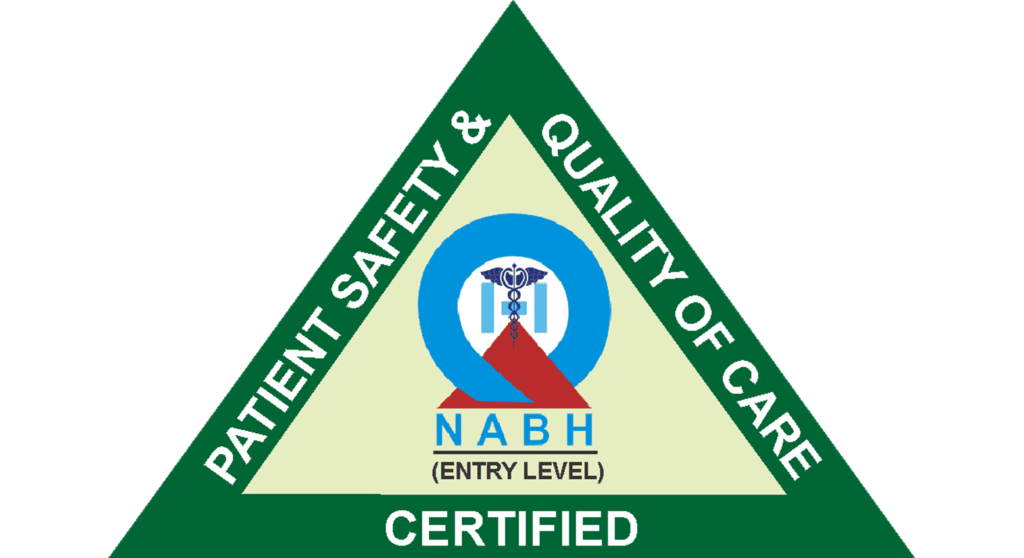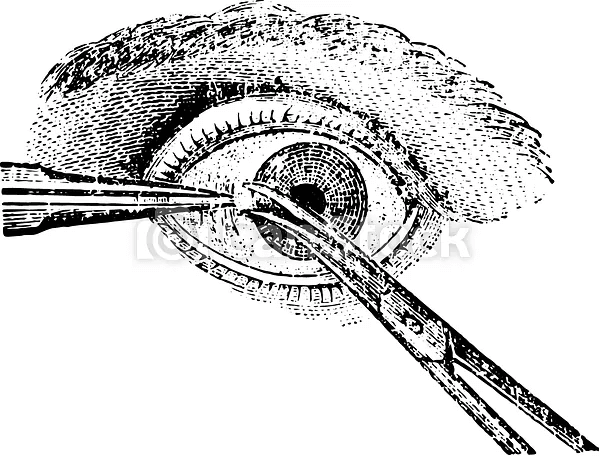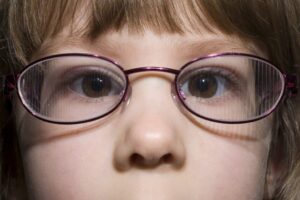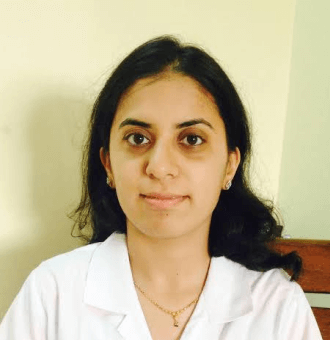Cataract Treatment in Vileparle and Santacruz
Cataract Diagnosis & Treatment
Best Squint Specialist In Mumbai
Squint or Strabismus
Many misapprehensions and misbeliefs still exist to date regarding Squint or Strabismus disorders because of which the self-image has always been the biggest question- mark. Moreover; there are numerous eye- hospitals claiming the best quint treatments even though squint remains the same concern. It is important to know that we have the best squint specialist in Mumbai with a highly experienced squint specialist in Mumbai at Sai Deep Eye Clinic Hosptial.
Squint can occur at any time regardless of age; hence, prompt treatments for this eye- condition can restore your better quality of life. The misalignment of eyes can also become permanent if left untreated. Please note that for over 30 years we have been known for being the best and most comprehensive squint eye treatment in Mumbai with world-class services available at both branches.

Symptoms Of Squint Eye
- Misalignment of eyes
- Turning face sideways
- Red reflex in one eyes
- Decrease in vision
- Double vision




Causes of Squint

Two eyes pointing and functioning differently with double-vision confusion is termed an eye squint. The medical term for squint is Strabismus where the eye- alignments go out of order quite prominent among young ages and children causing low self-esteem. Moreover, there are the following reasons for the cause of Squint/ Strabismus as stated- Long refractive errors, severe genetic conditions, injuries, or maybe a congenital cause.
To be more precise this is just a myth that squint is a permanent vision problem and has no cure further leading to blindness depriving to lead a healthy- normal life. Therefore, it is highly advisable to reach out to the best squint specialist in Mumbai with a 100% guarantee in curing this impaired misalignment of eye disability.
Squint Diagnosis
As we know Sai Deep Eye Hospital is among the best squint specialist in Mumbai conducting appropriate tests with optimal results. The renowned eye- clinic has a specialized team of surgeons and practicing healthcare doctors providing painless eye- treatments and optical surgeries. Please ensure the evaluation process is in-depth below.
- Vision assessment
- Determining spectacle prescription
- Examination using a slit lamp
- Retinal examination
- Squint assessment, including tests for measuring squint, assessing stereovision, and detecting suppression
- Orthoptic evaluation
- Charting of double vision (diplopia)
- Charting using the HESS method
- Trial with prisms
- Consultation with a neuro-ophthalmologist
- Consultation with a pediatric neurologist or neurologist .
The squint eye treatment in Mumbai is just one call away offering renowned care treatments with assured solutions to your squint-eye disorders/ problems. Moreover, depending on the eye- problems we opt to go for MRI or CT scan tests before seeking a recommendation from our experienced neurologists.
Squint Eye Treatment in Mumbai
The most vital part of squint treatment in children is correction of amblyopia or lazy eye.

our healthcare ophthalmologist provider will diagnose the symptoms of squint eye and accurately suggest the eye- treatment options aiming to improve your vision–power. Lazy Eye Treatment for vision sharpness and refractive amblyopia.
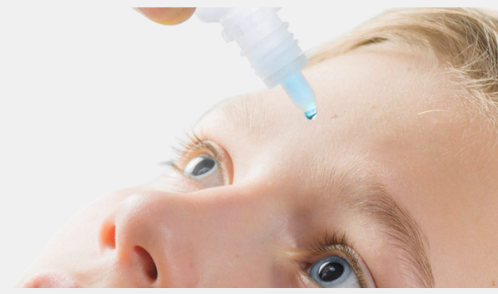
This is one of the most recommended and highly specialized eye surgery facilitating the correct alignment of eyes through functional and cosmetic care. This eye surgery can successfully remove the squit double-vision disorder with assured sight( vision) quality.

This is commonly known as an automated vision- therapy software system with an approach to suppress the binocular dysfunction of eyesight and blurry vision. The software provides 30- 40 games and the patient can play them 5 times a week.
Based on the cause, the type of squint and its severity, we may either choose to treat it with
Treatment of Squint
Squint Specialist in Mumbai
Frequently Asked Questions
Squint, referred to as Strabismus, is alternatively recognized as Misaligned Eyes or Crossed Eyes.
Strabismus, also known as squint, is a condition where the eyes are not correctly aligned; one eye gazes straight while the other deviates from the forward position. The misalignment can manifest as an outward shift (divergent squint), inward shift (convergent squint), upward, or downward movement (vertical squint). This disparity can be persistent or occasional, occurring when fatigued, reading, or focusing on distant objects, such as watching TV.
In the initial stages after birth, an infant’s eyes might not consistently align with objects. Initially, the eyes may seem to move independently, occasionally crossing or drifting outward. Consequently, newborns might display some level of eye misalignment. Around the third or fourth month of life, a baby’s eyes should acquire the ability to concentrate on small objects, resulting in a straight appearance. However, any continued misalignment of the eyes past this stage is abnormal and requires immediate attention. By the sixth month, an infant should possess the capability to focus on objects both near and far. Strabismus can emerge right after birth or develop later during childhood or even adulthood. Additionally, there could be a genetic predisposition for its occurrence.
The motion of the eyes is typically managed by specific muscles known as the Extra Ocular Muscles. Each eye is equipped with six of these muscles: one for moving the eye towards the nose, another for moving it away from the nose, one for upward movement, one for downward movement, and the remaining two for rotational adjustments. These muscles are under the control of the brain, which harmonizes the movement of both eyes. This synchronization enables all eye muscles to collaborate, directing attention onto a singular object. When there’s a disruption in these control mechanisms, it leads to eye misalignment. The precise cause of this misalignment isn’t always fully understood.
Timely detection and correction of this condition, ideally before the age of 5-6 years, is of utmost importance. If left unaddressed, strabismus in children can potentially lead to the development of a condition known as lazy eye or Amblyopia, resulting in irreversible vision loss. In rare instances, the presence of squint could serve as an indicator of more severe issues like elevated brain pressure or a tumor. Therefore, it is crucial to have squint assessed as early as feasible.
In many cases, a child with strabismus shows no noticeable symptoms, although some children might exhibit a tendency to squint when exposed to bright light. Parents typically observe the misalignment of the eyes – they don’t appear straight. Occasionally, a child could adopt an unusual head posture, particularly while focusing, such as during television watching. This posture aims to prevent double vision that arises from the misalignment of the eyes and is an effort to maintain alignment. Prolonged and consistent squinting, especially if it persists, can lead to a diminished sense of depth perception.
Typically, when the eyes are properly aligned, the brain receives images from both eyes and merges them to create a three-dimensional image (referred to as “binocular vision”). This ability to perceive a 3D picture is termed “stereopsis.” However, if one eye is misaligned or crossed, the eyes focus on different points, leading to double vision that the brain cannot combine.
In the case of children, the brain tends to suppress the image from the misaligned eye and relies on the image from the properly aligned eye. Due to the immaturity of a child’s eye, neglecting the image from the misaligned eye can result in lazy eye or Amblyopia, leading to permanent vision reduction. This also hampers the child’s ability to perceive a 3D effect. On the other hand, in adults, a misaligned eye will often lead to persistent double vision.
Some children might seem to have strabismus even when they actually don’t. This occurrence is more frequent among Asian infants, particularly those of Chinese descent, as well as children with Downs’ syndrome, and so on. The presence of an additional skin fold near the inner corner of the eye, a wide and flat nose, or a significant gap between the nose could create the illusion of pseudostrabismus. False strabismus generally disappears as the child’s facial features develop over time. If a thorough examination doesn’t reveal any evident misalignment of the eyes, a genuine squint can be ruled out, and no treatment is necessary. In such cases, parents merely require reassurance.
The primary objective of treatment is to reinstate clear vision, align the eyes, and endeavor to reestablish binocular vision and stereopsis. This treatment strategy follows a systematic approach.
The initial step involves addressing any existing lazy eye condition. This is achieved by either covering the stronger eye with a patch or using atropine eye drops that intentionally blur the vision in the stronger eye, compelling the use of the weaker eye.
Subsequently, the focus shifts to rectifying the misalignment. This is generally undertaken once normal vision is restored in the previously lazy eye.
By achieving proper alignment, the potential for developing binocular vision and three-dimensional perception is created. Therefore, early intervention yields better outcomes. Some children can achieve this eye alignment with the assistance of glasses, while others might necessitate surgical adjustments to the eye muscles.






